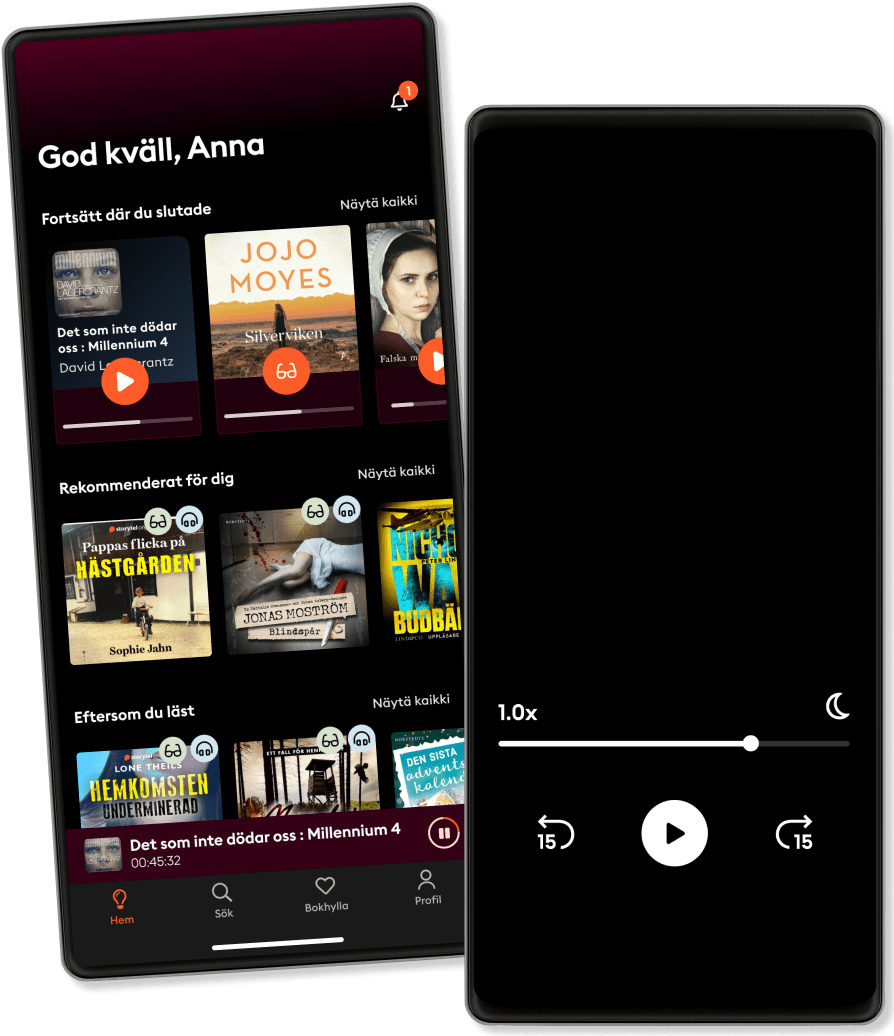להקשיב ולקרוא
היכנסו לעולם אינסופי של סיפורים
- קראו והקשיבו כמה שאתם רוצים
- למעלה ממיליון כותרים
- ספרים בלעדיים + Storytel Originals
- ניתן לבטל מתי שרוצים

Jesus, Paul, Luke-Acts, and 1 Clement: Studies in Class, Ethnicity, Gender, and Orientation
- על ידי
- מוֹצִיא לָאוֹר
- שפות
- אנגלית
- Format
- קטגוריה
דת ורוחניות
In this book, the author draws on two original sources, on a Greek biographer, historian, and rhetorician, Dionysius of Halicarnassus, as well as on Pompeian domestic art and architecture. Generally, NT scholars read texts, but Greeks and ancient Romans loved beauty. The walls and floors of their houses were decorated with thousands of colorful frescoes and mosaics, art that two millennia later is still on display in Pompeii. Christians lived and worshipped in those typical houses; relating the art to NT texts generates many intriguing new questions! What stories/myths did Greeks and Romans see every day? What were their sports, and how violent were they?
Many NT scholars know as much or more Latin than they do Greek, and they therefore cite the Latin historian Livy rather than the Greek Dionysius, who wrote a century before the first Christian historian, Luke. Dionysius' rhetoric expressed values shared across cultures, by Greeks, Romans, and Jews (e.g., by the historian--and rhetorician--Josephus), some values that Luke also shares. Dionysius makes clear that cities and ethnic groups had to praise how they treated emigrant foreigners, questions handled differently by Josephus and by Luke. This enables new interpretations of Jesus' inaugural speech in Luke 4 and of Peter's second Pentecost speech in Acts 10.
© 2023 Cascade Books (ספר דיגיטלי ): 9781532659584
תאריך הוצאה
ספר דיגיטלי : 19 ביוני 2023
תגיות
אחרים גם נהנו...
- An Encounter with the Healer Ken Chinn
- True Riches Ken Chinn
- Dying for Purpose: Light for The Lost | Directions for The Found Micah McElveen
- Inheriting Abraham: The Legacy of the Patriarch in Judaism, Christianity, and Islam Jon D. Levenson
- Living Among Lions: How to Thrive like Daniel in Today's Babylon David and Jason Benham
- Christian Men Speak Up: For Sexually Exploited Women and Children Denise Strothers
- When to Walk Away: Audio Bible Studies: Finding Freedom from Toxic People Gary Thomas
- God's Grace for Every Family: Biblical Encouragement for Single-Parent Families and the Churches that Seek to Love them Well Anna Meade Harris
- The End of the Magi Patrick W. Carr
- Manual for Conquering Deadly Sin Fr. Dennis Kolinski, SJC, Canons Regular of St. John Cantius
- ארבע ההסכמות דון מיגל רואיס
4.5
- תיק איה נילי אסיא
4.4
- הרגלים אטומיים ג'יימס קליר
4.8
- לשרוף את הספינות מתן ניסטור
4.6
- האיש שאהב את הטלפון שלו יותר מדי יובל אברמוביץ'
4
- אשראם רם אורן
4.3
- כוחו של הרגע הזה אקהרט טול
4.7
- מועדון ה-5 בבוקר רובין שארמה
4.3
- חוק 5 השניות מל רובינס
4.3
- הרפתקאות דוד אריה בערבות רומניה ינץ לוי
4.5
- הפריצה: להוביל בתחומך: להוביל בתחומך Yuval Abramovitz
4.4
- כראמל (8) גברת בלום שולטת מאירה ברנע גולדברג
4.7
- שלוש קומות אשכול נבו
4.7
- סדר את המיטה שלך אדמירל ויליאם ה. מקרייבן
4.5
- משאלה אחת ימינה אשכול נבו
4.7
איזה מינוי מתאים לך?
מאות אלפי ספרים
מצב ילדים (תוכן שמתאים לקטנטנים)
הורדת ספרים לקריאה והאזנה בלי אינטרנט
אפשר לבטל בכל עת
Unlimited
האזנה וקריאה בלי הגבלה.
חשבון 1
גישה בלתי מוגבלת
האזנה וקריאה בלי הגבלה
קריאה והאזנה גם בלי אינטרנט
אפשר לבטל בכל עת
Family
גלו ספרים לכל המשפחה. היכנסו יחד לתוך עולם של סיפורים.
2 חשבונות
גישה בלתי מוגבלת
שני חשבונות
האזנה וקריאה בלי הגבלה
אפשר לבטל בכל עת
עִברִית
ישראל